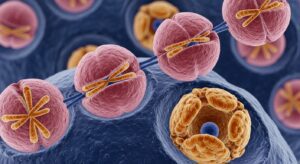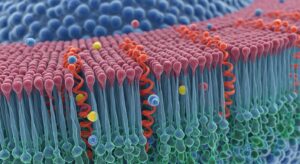Cellular Processes and Energy
Cells are the fundamental units of life, but they’re far from simple. Within their microscopic boundaries, countless processes unfold every second—driving growth, enabling reproduction, and powering every living organism.
In this course, we’ll explore the remarkable inner workings of cells, uncovering how they manage essential tasks that keep life moving forward.
From dividing to create new cells, to transporting nutrients, to harnessing and producing energy, you’ll gain a clear picture of life’s machinery at the cellular level.
You’ll learn how to:
Explain the stages of mitosis and the cell cycle, and understand how cells grow and divide.
Describe the structure and function of the cell membrane, and how materials move in and out of cells.
Understand photosynthesis and how plants convert light into usable energy.
Explore cellular respiration and how cells transform food into the energy they need to survive.
How Cells Work - Mitosis & the Cell Cycle

Explore the vital processes that keep cells—and life—functioning. Discover how cells grow, divide, transport materials, and generate energy through photosynthesis and cellular respiration, build a clear understanding of life at its smallest scale.
The Cell Membrane & Transport

The cell membrane is more than just a boundary—it’s a dynamic and essential structure that maintains cellular homeostasis. By controlling the movement of nutrients, waste, and signals, it ensures the cell functions properly and adapts to its surroundings.
Photosynthesis - How Plants Make Food

Photosynthesis is a vital process that enables plants, algae, and some bacteria to turn light into chemical energy, producing food and oxygen. Life on Earth depends on it, as it underpins most food chains and supplies the air we breathe.
Cellular Respiration - How Cells Make Energy

Cellular respiration is a process that transforms glucose into ATP, the primary energy currency of cells. It fuels essential activities such as muscle movement, nerve signaling, temperature regulation, and cellular repair by efficiently releasing energy stored in food
